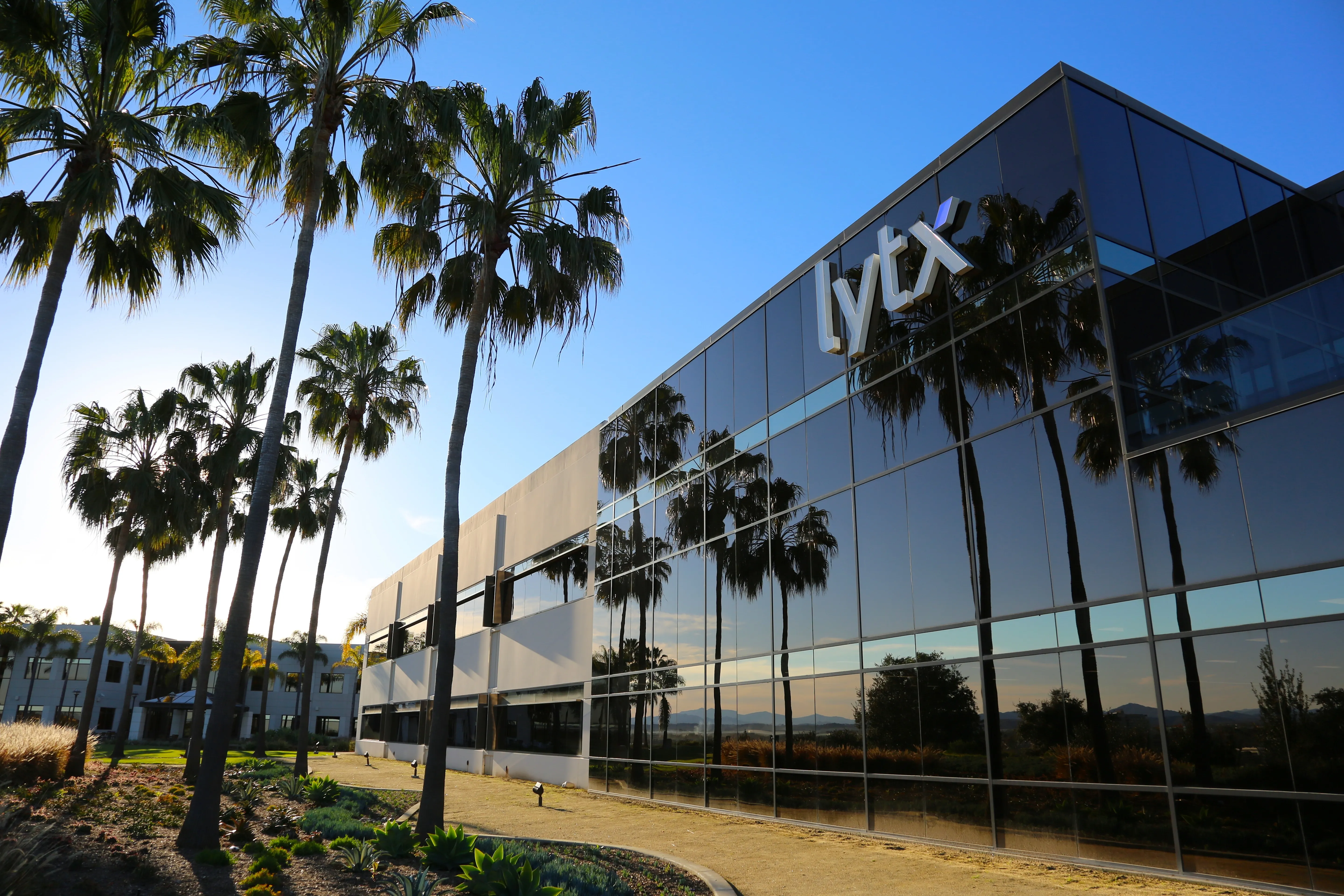
Lytx says its technology detects risky behaviour and triggers videoclips if a driver uses a handheld device, does not wear a seatbelt or is smoking. It can be coupled with a fleet tracking service for companies looking to optimise their vehicle technology with a single vendor, the company adds.
Brandon Nixon, Lytx chairman, says: “We now have the ability to more fully and accurately capture and identify risk for the fleets we serve even better than before."
These triggers select short video clips to be analysed by Lytx’s AI. The validated clips are then automatically sent via a 4G LTE cellular connection from the vehicle to the cloud, where they may be viewed from a Lytx client account.
Jim Brady, Lytx vice president of product management, says: “Other video telematics providers that attempt to detect these types of behaviours either bring back a large percentage of false positives or burden clients with mountains of data. By comparison, Lytx's MV+AI algorithms are the most advanced in the industry, so our clients only receive the most important clips that represent key coachable moments in a format that doesn't overwhelm them."









